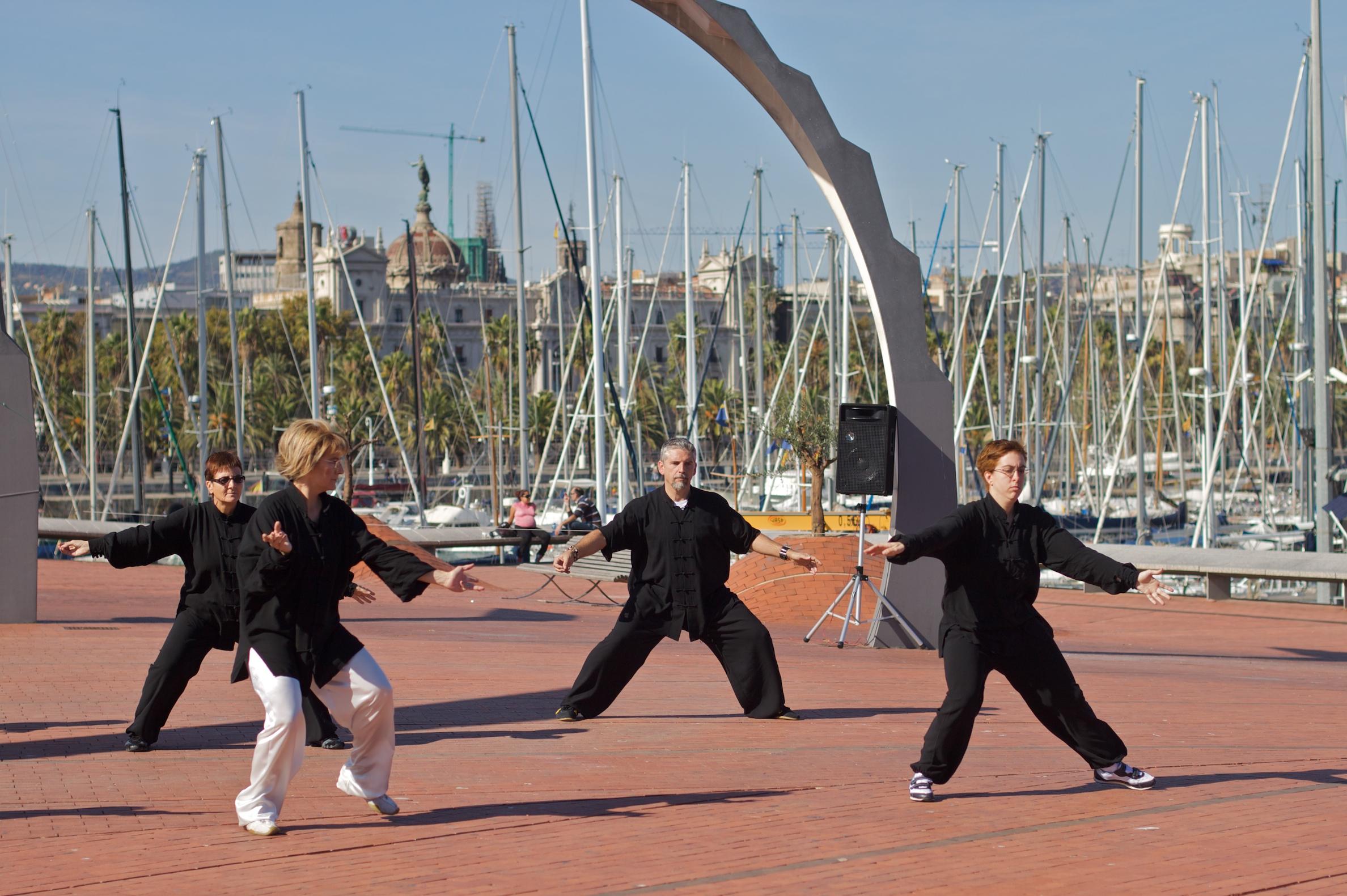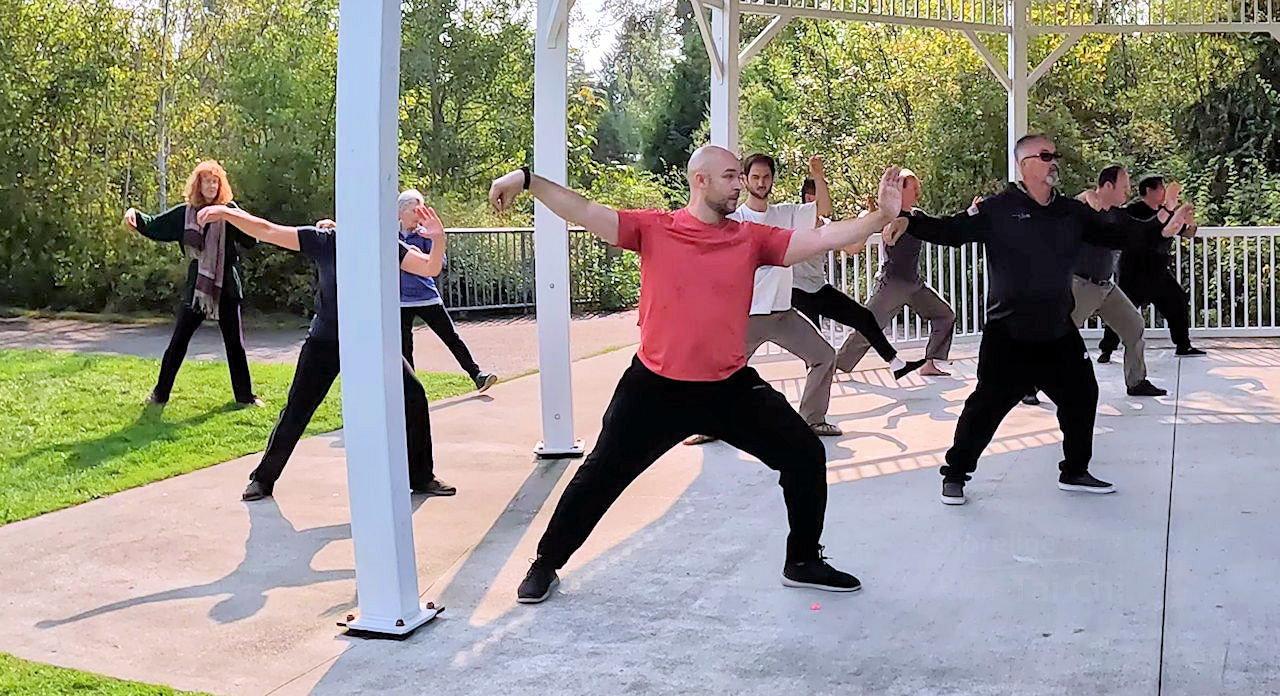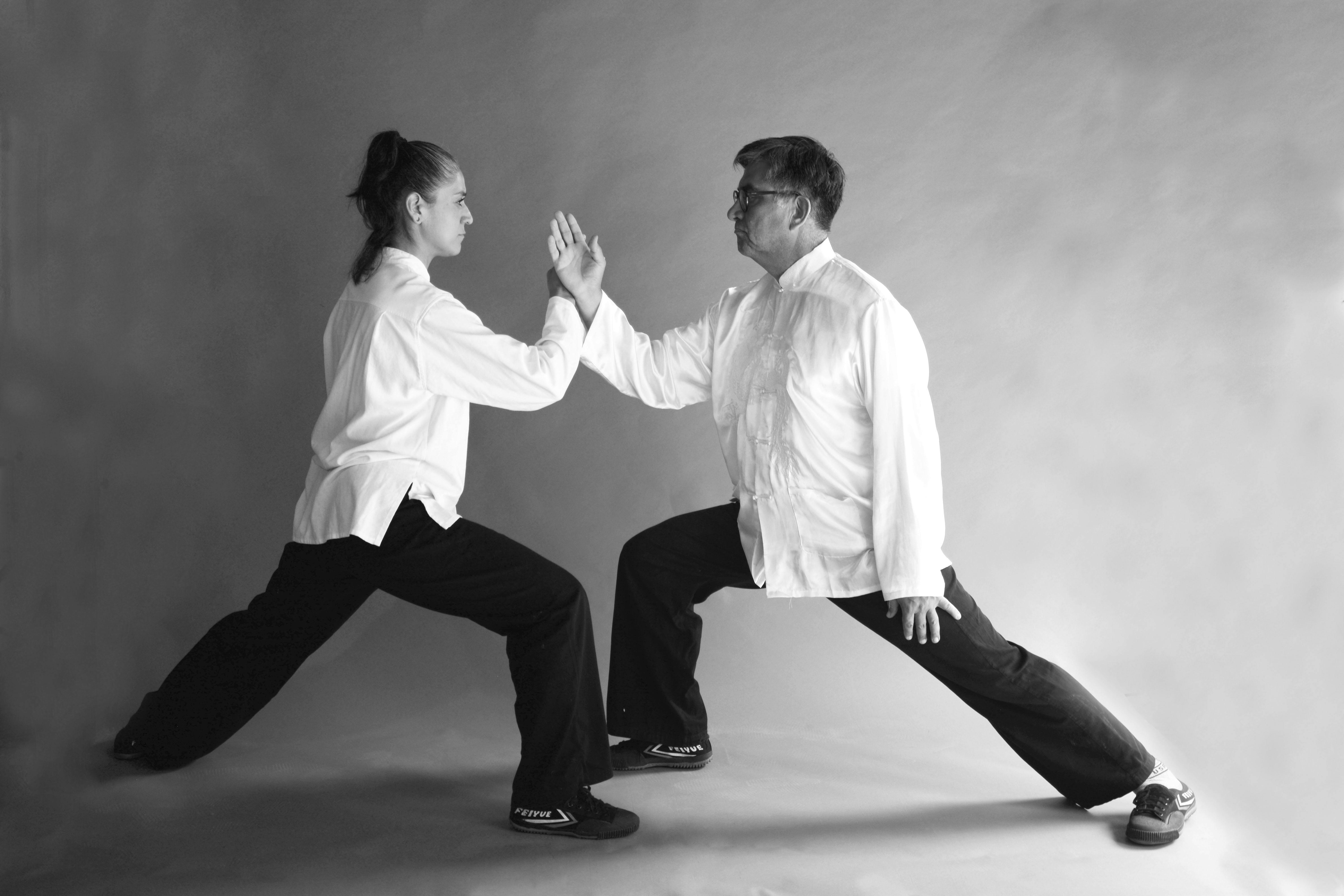Search for yoga retreats
Discover yoga retreats, holidays, and courses from worldwide.
While yoga studios frequently echo with the sounds of flowing sequences and rhythmic breaths, there exists another ancient practice offering a unique path to inner peace and physical well-being: Tai Chi. Often overshadowed by its flashier martial arts cousins, Tai Chi's gentle movements and focus on mindful breathing might seem far removed from the world of yoga. However, for yoga practitioners seeking to expand their horizons and deepen their mind-body connection, Tai Chi presents a fascinating and complementary discipline.
A Journey Through Time: Unveiling Tai Chi's Roots
Unlike the precise postures and dynamic flows of yoga, Tai Chi's origins lie in the realm of self-defense. Emerging in China sometime between the 12th and 13th centuries, Tai Chi (meaning "Supreme Ultimate Boxing") was originally conceived as a way to cultivate inner peace while simultaneously honing self-defense skills. Its close ties to Qigong, an ancient Chinese practice with roots in Traditional Chinese Medicine, highlight its emphasis on balancing energy flow within the body.
Fast forward to today, and Tai Chi has transcended its martial arts beginnings to become a global phenomenon. Traditionally practiced in parks and open spaces at sunrise, it has found a dedicated following worldwide, particularly among those seeking a gentle and holistic exercise routine. For yoga practitioners, Tai Chi offers a unique opportunity to explore a different approach to mindfulness and movement.

Harmony Within: The Philosophy Behind Tai Chi
At the heart of Tai Chi lies the philosophy of Taoism, which emphasizes the balance between Yin and Yang – opposing yet complementary forces that govern the universe. Yin represents stillness, inward energy, and water, while Yang embodies movement, outward energy, and fire. In Taoist belief, good health is achieved when Yin and Yang are in a harmonious state. Through its slow, flowing movements and focus on breath, Tai Chi practice is believed to promote this balance, fostering a sense of inner peace and well-being.
Exploring the Landscape: A Guide to Tai Chi Styles
The world of Tai Chi isn't a one-size-fits-all approach. Just like yoga encompasses various styles, Tai Chi boasts numerous variations, all stemming from the original Chen family style. Here's a glimpse into the five main styles practiced today:
- Yang Style: The most widely practiced style globally, Yang Style emphasizes slow, gentle, and continuous movements. Its flowing nature makes it a perfect choice for beginners or those seeking a low-impact exercise routine.
- Chen Style: Often referred to as the "parent" style, Chen Style incorporates a unique blend of fast and slow movements, sometimes even including jumps and stomps.
- Wu Style (1st & 2nd): Combining elements of Yang and Chen styles, Wu Style movements are generally smaller and smoother. The 1st Wu style utilizes a higher posture, while the 2nd Wu style is known for its distinct hand form and weapon training.
- Sun Style: This style focuses on exceptionally smooth, flowing movements, making it ideal for physical therapy or those seeking a very gentle practice.
Why Tai Chi is a Perfect Complement to Your Yoga Practice

For yoga enthusiasts, Tai Chi offers a unique opportunity to enhance their practice and explore a different facet of mindful movement. Here are just a few reasons why Tai Chi is a perfect fit:
- Enhanced Balance and Flexibility: Just like yoga, regular Tai Chi practice can significantly improve balance and proprioception (your body's awareness of its position in space). This translates into a deeper and more comfortable yoga practice with improved stability in challenging poses.
- Stress Reduction and Mindfulness: Similar to yoga, Tai Chi functions as a moving meditation. The focus on breath and slow movements promotes relaxation and mindfulness, helping to combat stress and anxiety – common concerns for many yoga practitioners.
- Holistic Fitness Boost: Don't underestimate the power of Tai Chi! Studies have shown it can improve muscle strength, cardiovascular health, and posture – all elements that contribute to a well-rounded fitness routine and enhance your overall yoga practice.
Taking the First Step: Your Tai Chi Journey Begins
Ready to embark on your Tai Chi adventure? While Tai Chi is generally considered a safe form of exercise, consulting with your doctor before starting is always recommended, especially if you have any pre-existing health conditions. Here are a few ways to get started:
- Group Classes: Immerse yourself in the community aspect of Tai Chi by joining a group class. This allows you to see the movements demonstrated in person, ask questions from an instructor, and receive personalized feedback. Many yoga studios are now incorporating Tai Chi classes into their schedules, creating a familiar and welcoming environment for yoga practitioners to transition into this new practice.
- Embrace the Digital World: In the digital age, there's a wealth of Tai Chi instruction available online. Platforms like YouTube offer a vast library of free Tai Chi tutorials for beginners. You can also find Tai Chi apps specifically designed to guide you through movements at your own pace, anytime, anywhere.
- Immerse Yourself in a Retreat: If you're seeking a truly transformative experience, consider a Tai Chi retreat. Imagine yourself surrounded by breathtaking landscapes, practicing Tai Chi alongside like-minded individuals, and learning from experienced instructors. Many retreats even combine Tai Chi with yoga or meditation, offering a well-rounded approach to mindfulness and movement. Some retreats even cater specifically to yoga practitioners, integrating elements of both practices to create a unique and enriching experience.

Beyond the Basics: Unveiling the Depths of Tai Chi
As you delve deeper into Tai Chi, you'll discover a rich tradition steeped in history and philosophy. The terms "Taijiquan" and "Tai Chi Chuan" are actually more accurate representations than "Tai Chi," referencing the underlying philosophy of Yin and Yang within the martial art. While mastering Tai Chi can take years of dedication, the journey itself is incredibly rewarding. The slow, mindful movements become a form of moving meditation, promoting not just physical well-being but also mental clarity and emotional balance.
Remember, the saying goes: "It takes ten years of proper training to grasp what Tai Chi is all about." But don't be discouraged! The beauty of Tai Chi lies in its accessibility. Even beginners can experience the stress-reducing, flexibility-enhancing benefits of this practice.
So, the next time you're seeking a way to unwind, recharge, and explore a new dimension of movement, consider giving Tai Chi a try. You might just discover a hidden gem that complements your yoga practice and unlocks a deeper sense of well-being.
Bonus Tip: Merging Your Practices – Yoga and Tai Chi Together
For yoga enthusiasts who are already comfortable with their practice, there are exciting ways to merge yoga and Tai Chi movements. Explore online resources or workshops that combine elements of both disciplines. This can create a truly unique and holistic practice experience, allowing you to reap the benefits of both yoga's dynamic flows and Tai Chi's gentle, mindful movements.
Craving More Stories?
Join our ShopYogaRetreats newsletter for the latest updates on thrilling
destinations and inspirational tales, delivered straight to your inbox!
We value your privacy. Your email address will never be shared or published.
 English
English Deutsch
Deutsch Français
Français Nederlands
Nederlands Español
Español

